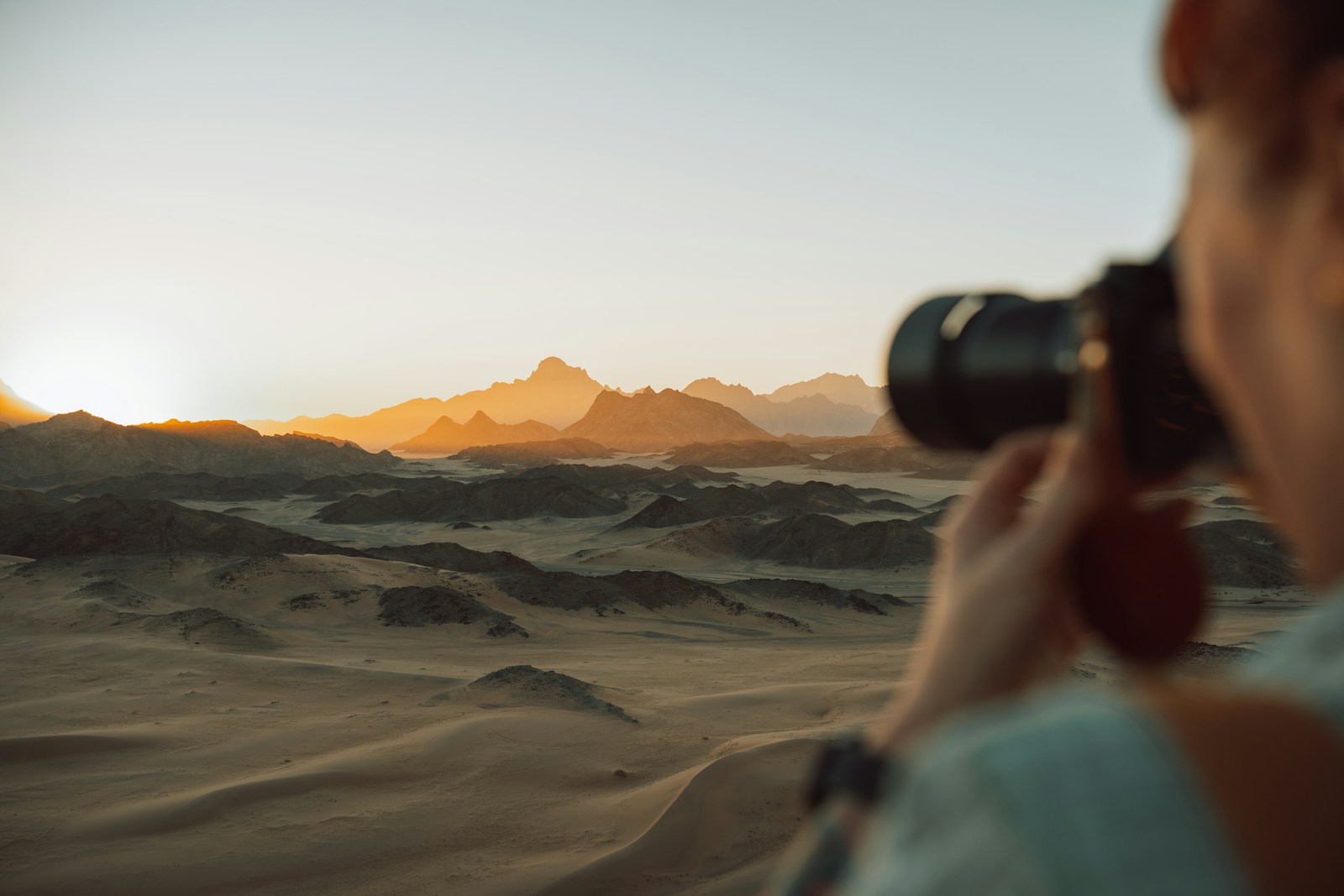Wildlife photography combines the thrill of adventure with the technical precision of photography, requiring careful preparation to ensure success in the field. Whether you’re tracking elusive big cats in the Serengeti or documenting bird migrations in the wetlands, having the right equipment and supplies can make the difference between returning with stunning images or missing crucial moments.
A multi-day expedition presents unique challenges that demand thoughtful packing—balancing the need for comprehensive gear with practical weight limitations. This guide will help you prepare for your wildlife photography adventure, ensuring you’re equipped to capture breathtaking moments while remaining comfortable and safe in potentially remote environments.
Essential Camera Equipment
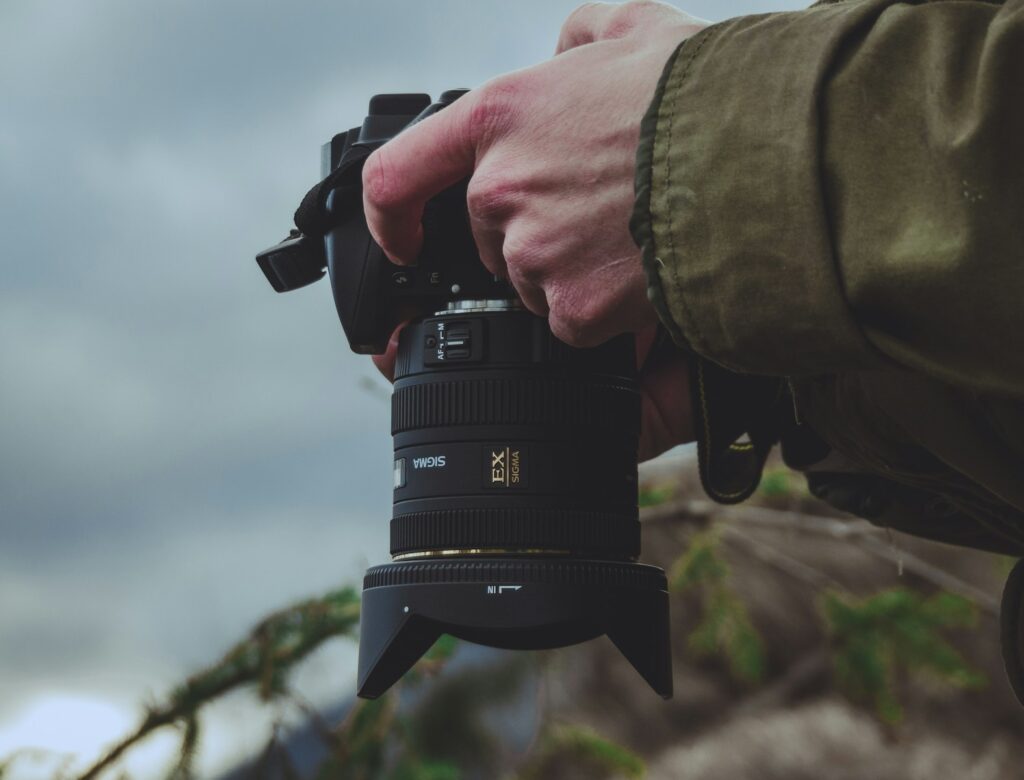
At the heart of any wildlife photography trip is your camera equipment, which should be selected with care to meet the specific challenges of photographing animals in their natural habitats. Pack at least one primary camera body and a backup to prevent disaster if your main camera fails in a remote location. Include lenses suitable for wildlife photography, with a telephoto lens (200-600mm range) being crucial for capturing distant subjects without disturbing them.
A wide-angle lens is also valuable for environmental shots that showcase animals within their habitat, providing context and storytelling opportunities. Don’t forget essential accessories like extra batteries (at least 3-4 for multi-day trips), multiple memory cards with sufficient storage space, a sturdy tripod, and potentially a monopod for more mobile shooting situations.
Support and Stabilization Systems
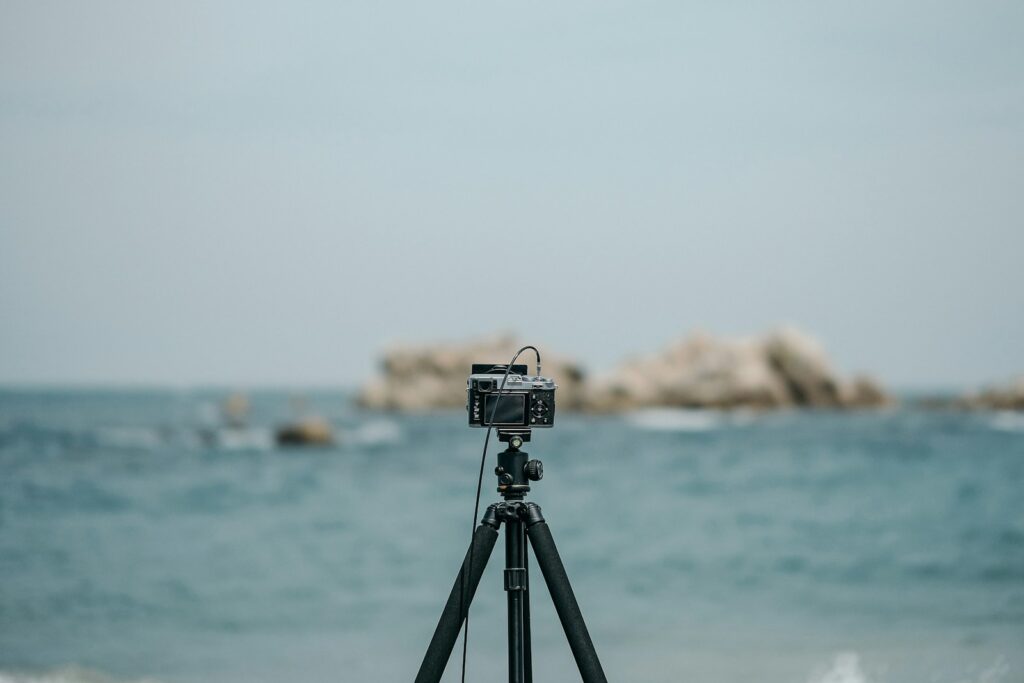
Stabilization equipment is particularly important for wildlife photography, where you’ll often be using long lenses that amplify the slightest movement. A robust carbon fiber tripod offers the best balance between stability and portability for field work, with features like weather sealing and quick-release plates proving invaluable in changing conditions. Consider adding a gimbal head specifically designed for supporting heavy telephoto lenses, allowing smooth panning and tracking of moving subjects while reducing strain on your arms.
For situations requiring mobility, a monopod can provide a useful compromise between stability and freedom of movement. Bean bags are another versatile stabilization tool that can be emptied during travel and filled with local materials (rice, beans, sand) at your destination, providing a stable platform for shooting from vehicles or against natural supports.
Protective Gear for Equipment
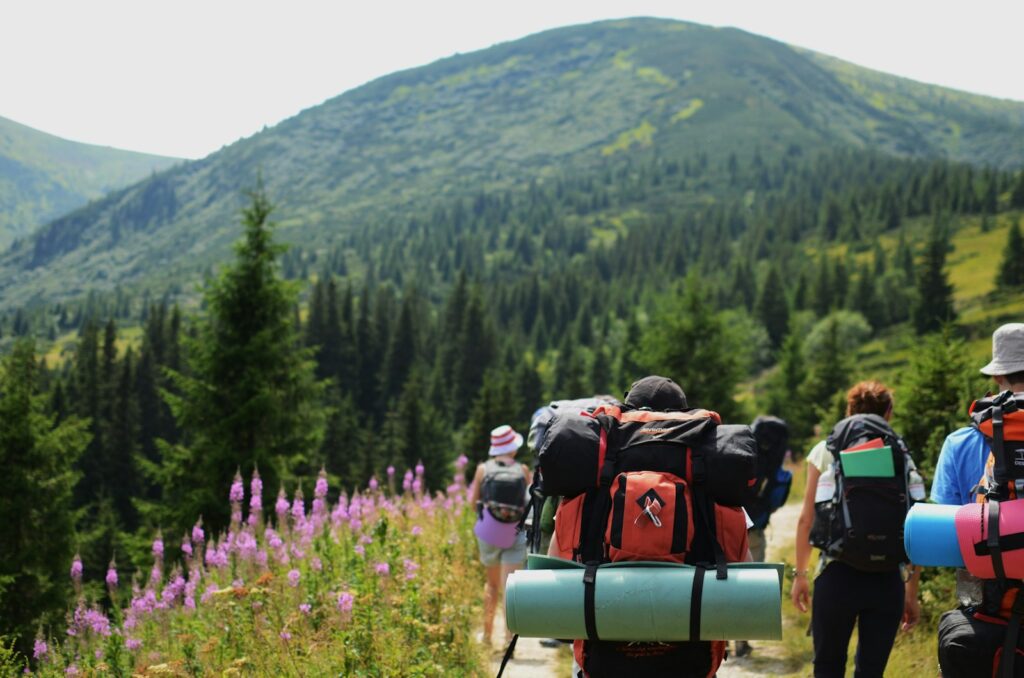
Protecting your expensive photography equipment from the elements is paramount during wilderness expeditions. Invest in a high-quality, weather-resistant camera backpack or bag with customizable compartments to secure your gear during transit and while trekking. Rain covers designed specifically for your camera and lenses are essential, as wildlife opportunities often present themselves regardless of weather conditions.
Silica gel packets distributed throughout your camera bag help manage humidity and prevent fungal growth on lenses, especially crucial in tropical or damp environments. Microfiber cloths, lens cleaning solution, and a rocket blower should be readily accessible for removing dust, moisture, or fingerprints from optical surfaces without risking scratches or damage to specialized coatings.
Appropriate Clothing and Footwear
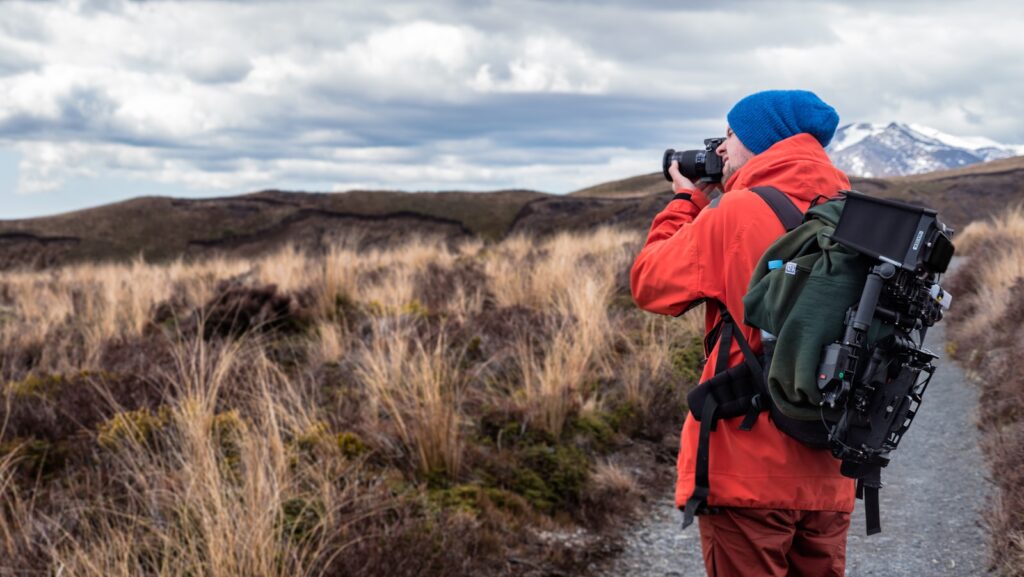
Strategic clothing choices can significantly impact both your comfort and your ability to photograph wildlife successfully. Embrace the layering principle with moisture-wicking base layers, insulating mid-layers, and waterproof outer shells that allow adaptation to changing temperatures throughout the day. Select muted, natural colors (greens, browns, tans) that blend with the environment rather than bright colors that might alert wildlife to your presence or disrupt their natural behavior.
Invest in a pair of well-broken-in, waterproof hiking boots with ankle support for navigating uneven terrain safely while carrying heavy equipment. Additional specialized items might include a wide-brimmed hat for sun protection, quick-dry pants with multiple pockets for accessories, and fingerless gloves that provide warmth while maintaining dexterity for camera controls in cooler conditions.
Navigation and Communication Tools
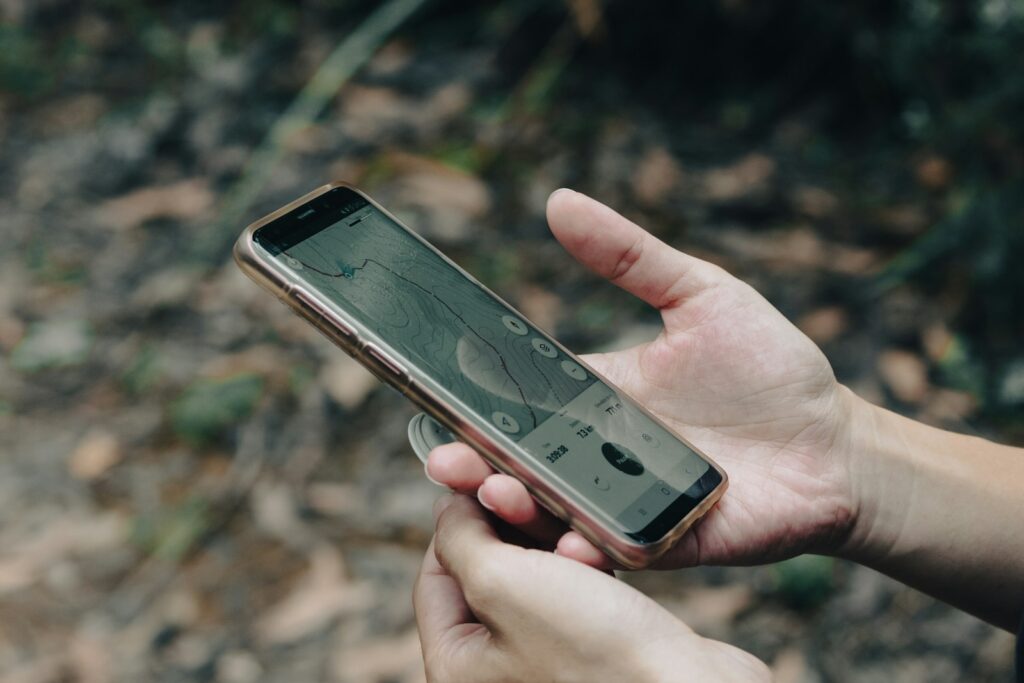
Wildlife photography often takes you off the beaten path, making reliable navigation and communication equipment essential safety items. Carry a dedicated GPS device with the ability to mark important locations such as your basecamp, vehicle location, or promising wildlife areas you want to revisit. Physical maps of your destination area, protected in waterproof cases, serve as crucial backups should electronic devices fail in remote locations.
A satellite communicator or phone provides emergency contact capabilities in areas without cellular coverage, potentially lifesaving in case of accidents or unexpected situations. Include a compass and the knowledge to use it, even if you primarily rely on digital navigation, as a fundamental safety measure that requires no batteries or signal reception.
Field Guides and Research Materials
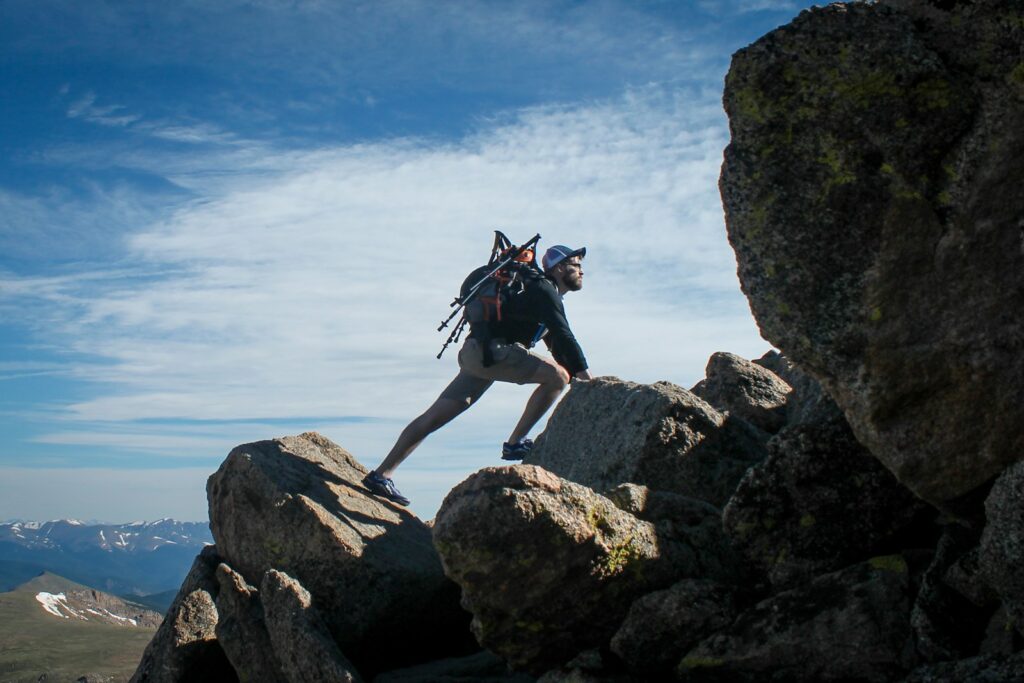
Knowledge is as important as equipment when photographing wildlife, making reference materials valuable additions to your pack. Bring region-specific wildlife field guides that help identify species, understand their behaviors, and locate their preferred habitats, enabling more successful photography sessions. Notes on local wildlife routines, feeding times, migration patterns, and breeding seasons can dramatically increase your chances of encountering target species.
Many photographers now opt for digital guides on tablets or e-readers to save weight, though physical books remain reliable without requiring power. Consider printing maps marked with known wildlife hotspots, waterholes, or migration routes relevant to your photography goals, based on research conducted before your trip.
Power Solutions for Extended Trips
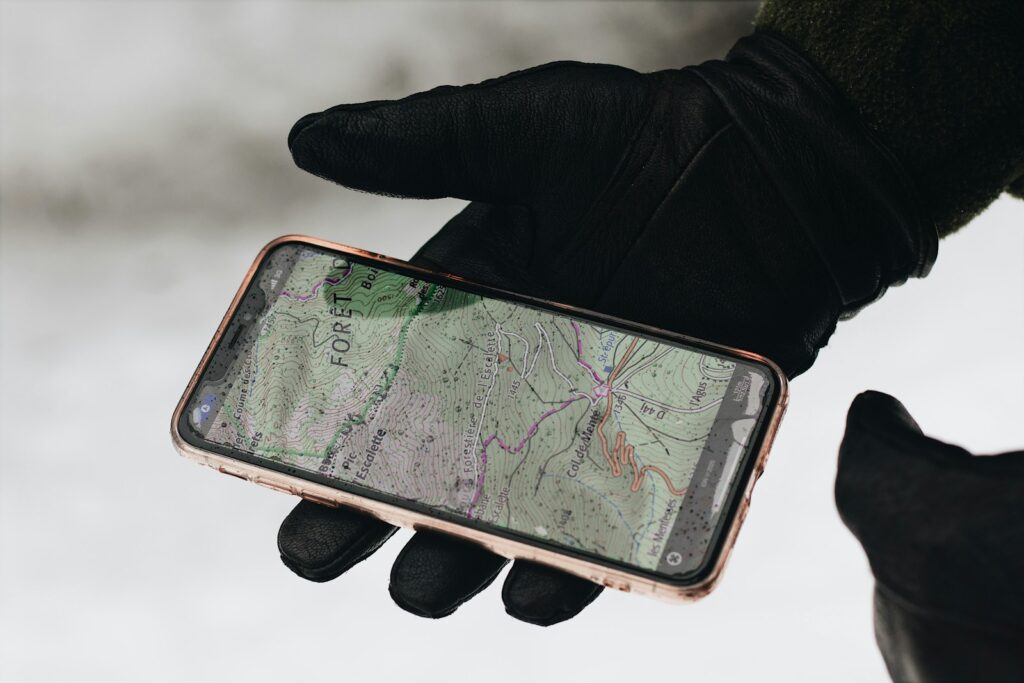
Maintaining power for your electronic equipment becomes increasingly challenging the further you venture from civilization. Solar charging panels have become surprisingly efficient and portable, offering renewable power generation when traditional charging isn’t available. Portable power banks with high capacity (20,000+ mAh) can recharge camera batteries and other devices multiple times before needing replenishment themselves.
Consider bringing a selection of charging adapters appropriate for your destination country, including vehicle chargers if you’ll be using transportation with power outlets. Create a power management plan that prioritizes essential equipment (cameras, communication devices) over convenience items, and consider bringing manual alternatives for crucial functions where possible.
Specialized Wildlife Photography Accessories
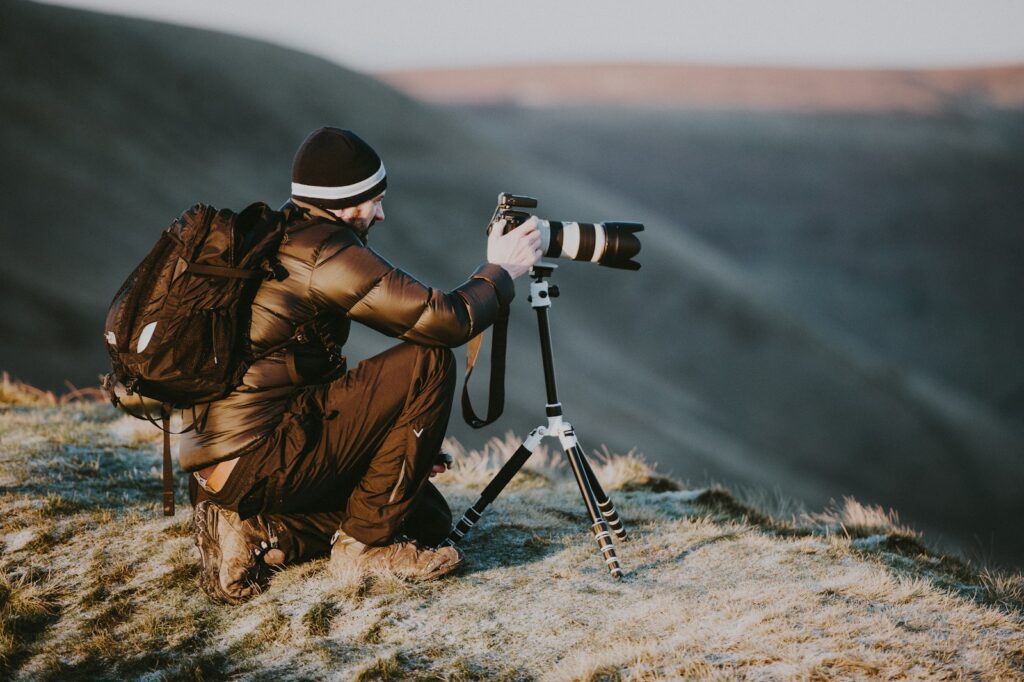
Several specialized items can significantly enhance your wildlife photography capabilities in the field. A blind or camouflage cover helps conceal your presence, allowing closer proximity to skittish wildlife without disturbing natural behaviors. Remote triggers or camera traps enable photographing extremely shy species or capturing specific moments without requiring your physical presence.
Flash extenders designed for wildlife photography can provide fill light at greater distances than standard flashes, though use them judiciously and ethically to avoid stressing animals. Consider bringing extension tubes for close-up capability without the bulk of dedicated macro lenses, especially useful for photographing smaller wildlife like insects, amphibians, and reptiles that you might encounter.
Food and Water Provisions
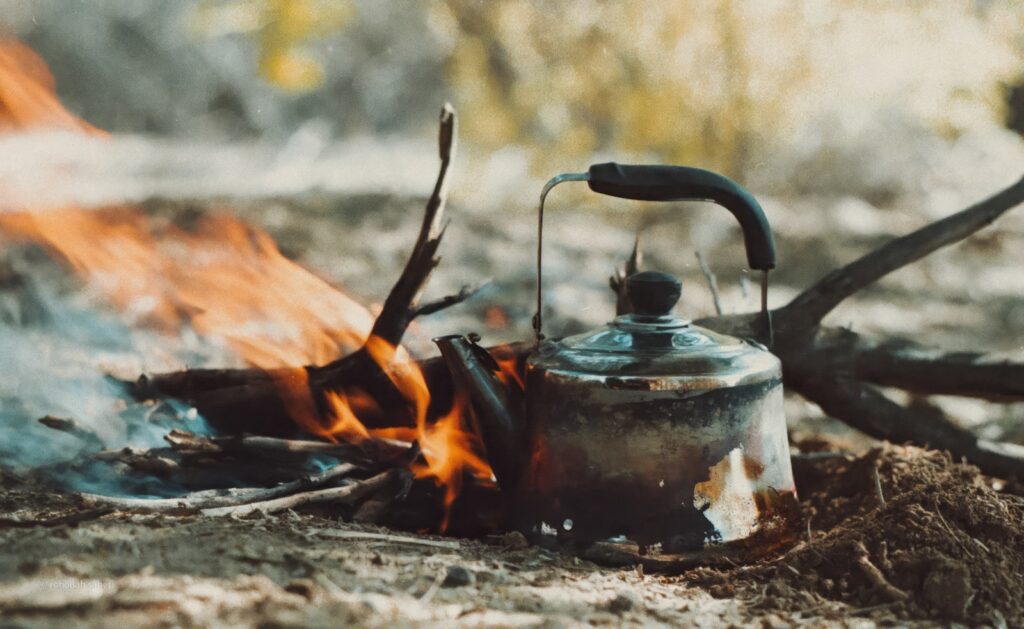
Proper nutrition and hydration directly impact your endurance and mental sharpness during wildlife photography expeditions. Pack high-calorie, non-perishable food items that require minimal preparation, such as energy bars, trail mix, jerky, and dehydrated meals if cooking facilities will be available. A reliable water filtration system or purification tablets allow you to safely replenish water supplies from natural sources, reducing the weight of carried water while ensuring a clean supply.
Electrolyte replacement packets help maintain proper hydration, especially in hot environments where sweating can deplete essential minerals. Consider specialty items like instant coffee or tea bags that provide comfort and energy boosts during early morning or evening wildlife sessions when animals are most active.
First Aid and Safety Equipment
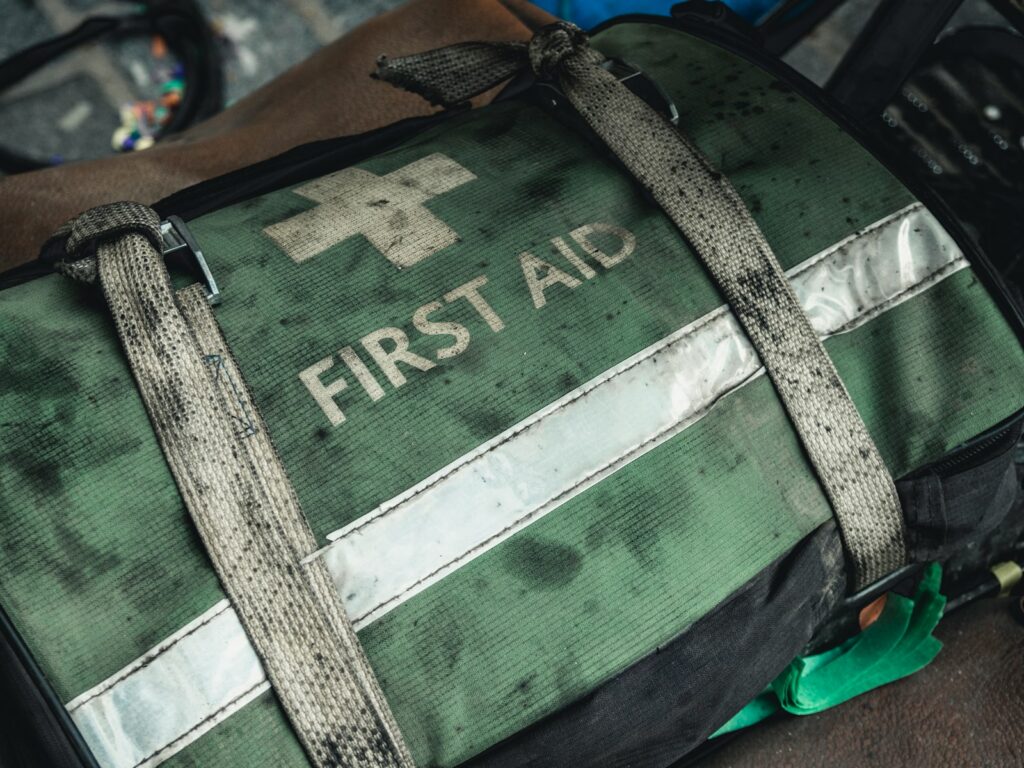
Safety preparations should be comprehensive for wildlife photography trips that often take place in remote locations. Carry a complete first aid kit including treatments for region-specific concerns such as insect bites, allergic reactions, or altitude sickness, depending on your destination. Include personal medications, pain relievers, bandages, antiseptic solutions, and basic wound care supplies at minimum.
Insect repellent appropriate for your location is essential both for comfort and preventing disease transmission in many wildlife-rich environments. Emergency items like a whistle, signal mirror, headlamp with extra batteries, and a lightweight emergency blanket occupy minimal space but provide critical safety options in worst-case scenarios.
Camping and Overnight Gear
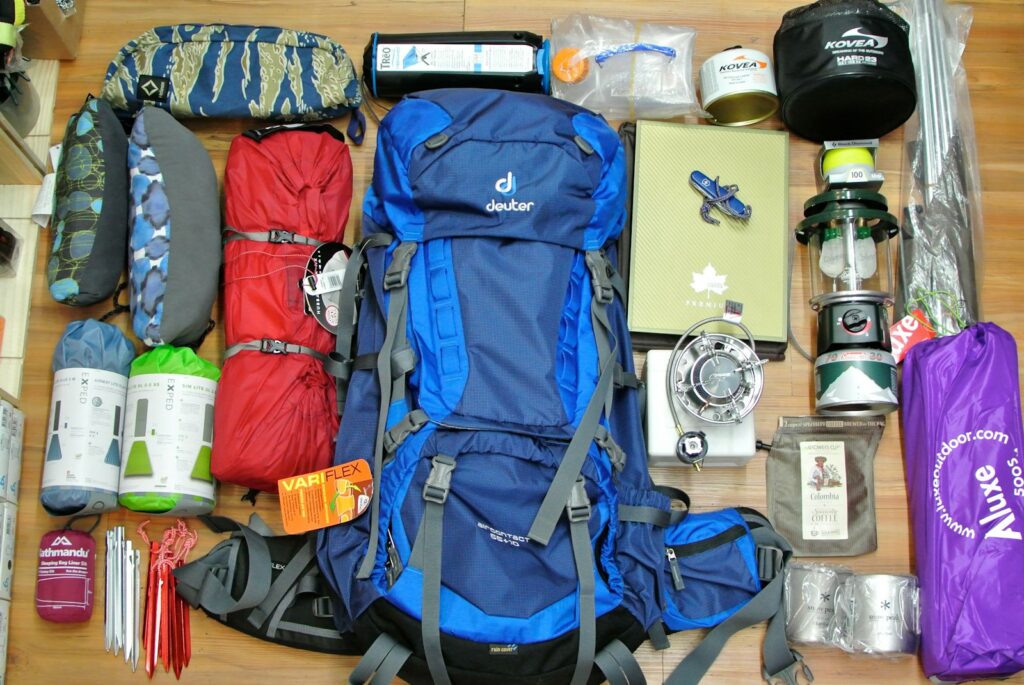
For trips requiring overnight stays in the field, quality camping equipment balances comfort with portability. A lightweight, season-appropriate tent with proper waterproofing protects both you and potentially your gear during overnight stays. A sleeping bag rated appropriately for the expected temperature range ensures rest quality isn’t compromised by cold or excessive heat. A sleeping pad provides crucial insulation from the ground and comfort, directly affecting your energy levels for photography sessions. If weight allows, consider items like a compact camp chair that can double as a low-angle photography support while providing comfortable seating during long waits for wildlife to appear.
Trip Documentation Tools
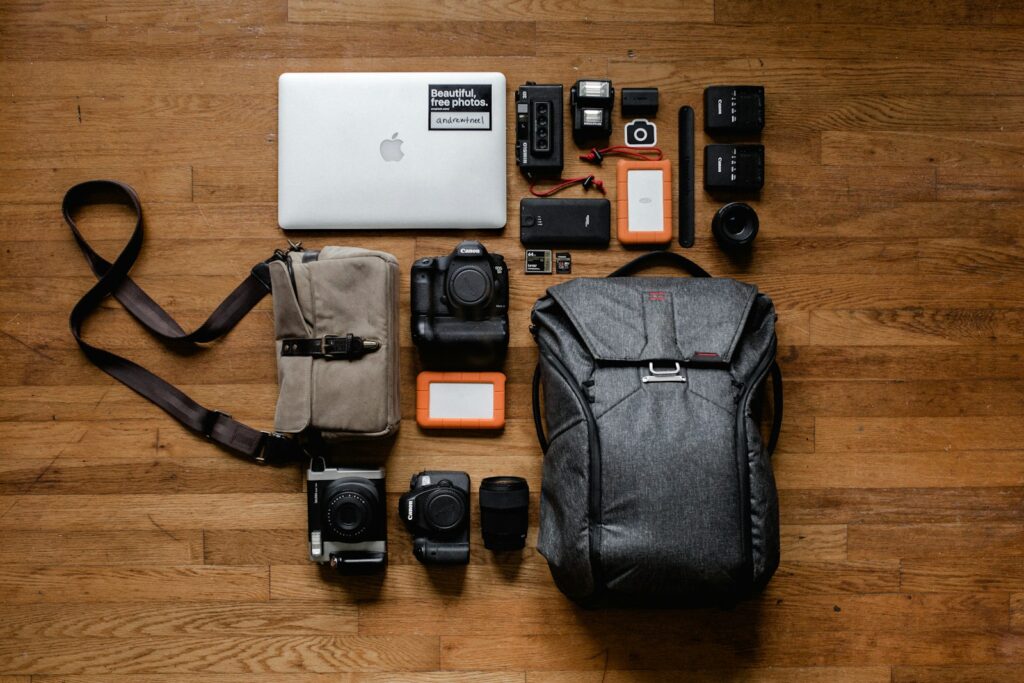
Beyond primary photography equipment, consider tools for documenting your wildlife encounters more comprehensively. A weather-resistant field notebook and pencils (which function regardless of temperature or moisture) allow recording observation details, camera settings, and location information that prove valuable for future trips or sharing information.
A small voice recorder can capture immediate thoughts or wildlife sound environments that enhance your photography storytelling. GPS logging devices or apps that track your movement patterns help identify productive wildlife areas and optimize future excursions. Some photographers include a secondary, smaller camera system for behind-the-scenes documentation or situations where using bulky primary equipment isn’t practical.
Packing Strategy and Organization
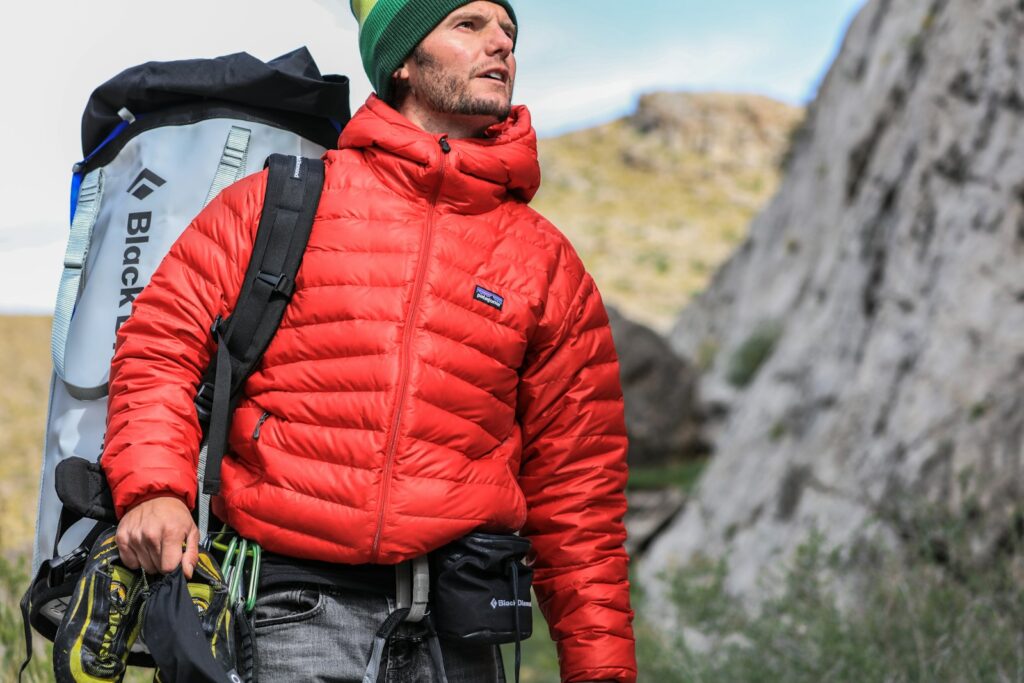
How you pack is nearly as important as what you pack for wildlife photography expeditions. Distribute weight evenly in your backpack, placing heavier items closer to your back for better balance and reduced strain during hiking. Use color-coded stuff sacks or organizers to separate and quickly identify different categories of equipment without unpacking everything.
Keep frequently needed items (lens cloths, memory cards, energy snacks) in accessible external pockets or belt pouches for retrieval without removing your backpack. Create a comprehensive packing list before each trip, refining it after returning based on what was used or missed, gradually optimizing your load for maximum efficiency with minimum weight.
Conclusion: Packing Smart for Wildlife Photography Expeditions
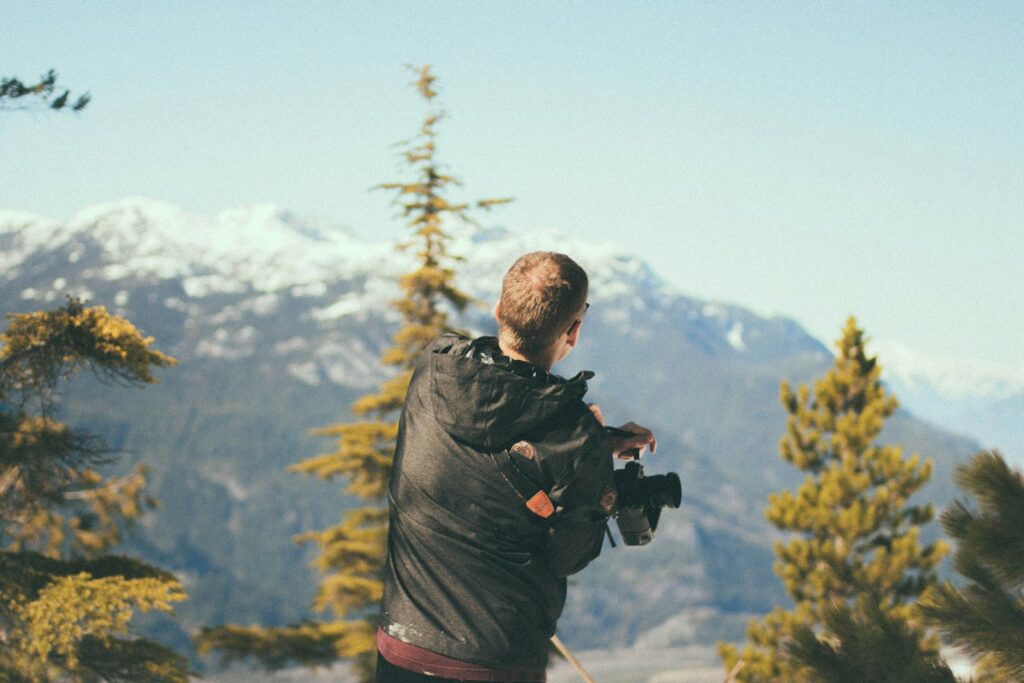
Preparing for a multi-day wildlife photography expedition requires balancing technical needs with practical realities of weight, weather, and wilderness conditions. The most successful wildlife photographers develop personalized packing systems that evolve through experience, learning which items prove essential and which can be left behind. While comprehensive preparation is crucial, equally important is maintaining flexibility and patience in the field—remembering that wildlife photography often rewards those who can adapt to unexpected conditions and opportunities.
With thoughtful packing and preparation, you’ll be well-equipped to focus on creating compelling images rather than worrying about equipment limitations or comfort concerns during your wildlife photography adventure.

